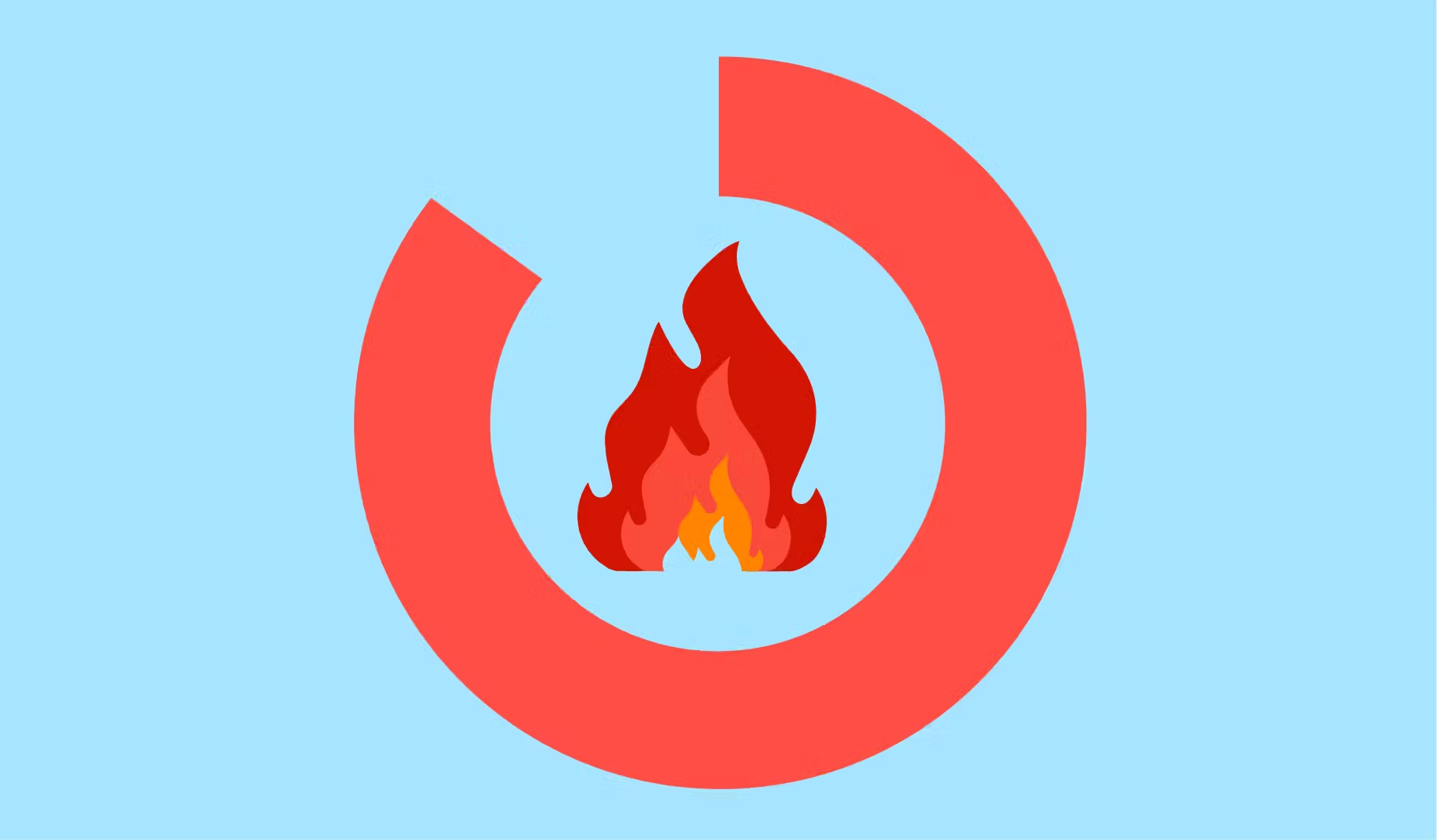Asked by: Michele F.
You can think of metabolism as a series of reactions for building up (anabolism) and breaking down (catabolism) separating the fed- from the fasted-state.
When we eat, nutrients are high, the body activates its “fed” signals and we are in the Anabolic Zone. In contrast, when we stop eating, nutrients are low, the body activates its “fasted” signals and we enter the Catabolic Zone. Cycling between the fed and fasted states is essentially cycling through anabolic (pro-growth) and catabolic (pro-repair) states.
When we eat, we activate our “fed” signals and activate anabolic processes for storing nutrients and supporting growth. These anabolic processes are important for gaining muscle, neurogenesis (growth of new brain cells), among several other important processes. When we fast, we activate catabolic processes that ensure our survival by breaking down stored energy (glycogen and fat) and promoting cellular repair (e.g., autophagy). This latter “repair mode” and catabolism is a major reason why fasting can be so beneficial for our health.
So, although you might not like the sounds of something in your body “breaking down,” in the context we are referring to, it’s a good thing! In a similar way we would tear down an old home to rebuild it with new, upgraded materials, during a fast our cells selectively degrade old parts to build them back as new and improved versions.
When we break our fast, carbohydrates and proteins will send the signals that drive regeneration. For example, carbohydrates will restore glycogen and proteins will be used to rebuild and generate new healthy cells. Therefore, the rebuilding phase is just as important as the repair phase, think new immune and brain cells! It’s important to pair fasting with a healthy diet — our diet provides the building blocks to rebuild what was broken down while fasting.
Since both are essential for maintaining health, neither one is better than the other. Instead, the two metabolic states – anabolic (feeding) and catabolic (fasting) – work in synergy to ensure healthy repair and rejuvenation.
Thanks to Katherine S., Kenneth N., Lisa B., Sigourney C., Leslie B., Alison H., Hazel C., Ruby M., and Holly B. for submitting similar questions!
About the Author: Kristi Storoschuk
Kristi Storoschuk is a science communicator who focuses her research on ketogenic diets, metabolic therapies, and fasting for health optimization. She currently works alongside the world’s leading ketogenic researchers providing scientific education for the mainstream audience. She completed her Bachelor of Science (Honours) at the University of Guelph in Ontario, Canada. Outside of her research, she spends her time doing CrossFit and optimizing her health with an ancestral approach.
Download Zero on iOS and Android.
- Fasting Zones: What’s the Difference Between Anabolic and Catabolic? - December 19, 2023
- What’s the “Best” Fasting Regimen for Weight Loss? - March 6, 2023
- Can You Do a 16:8 Fast Every Day? - May 25, 2021


